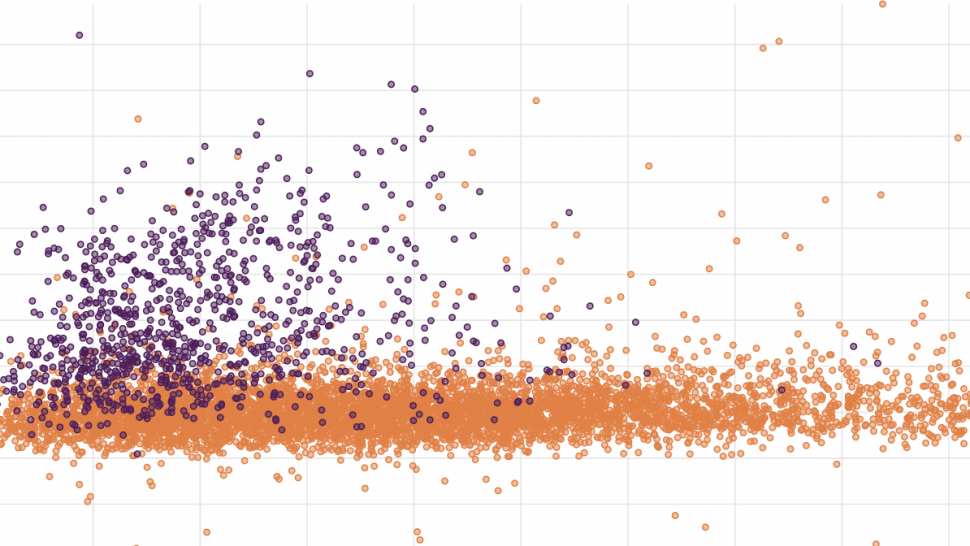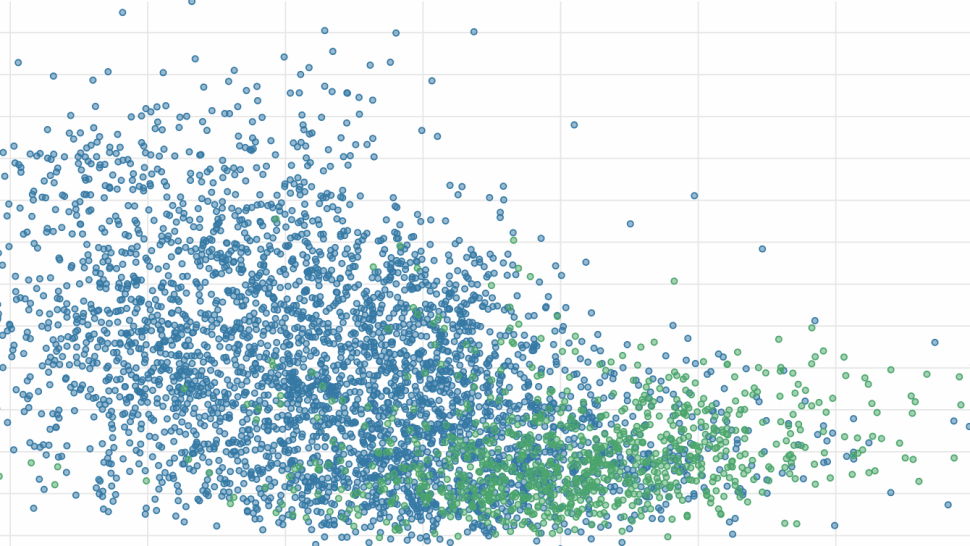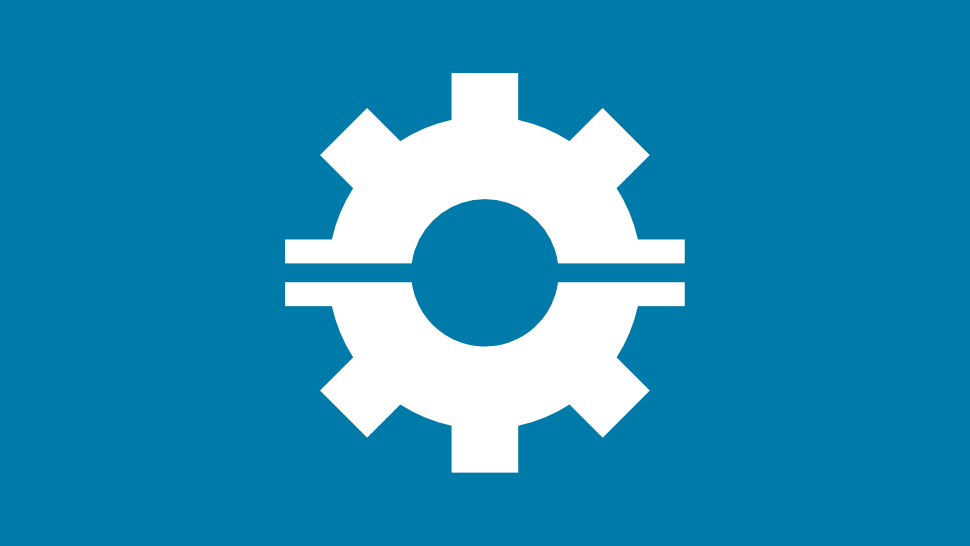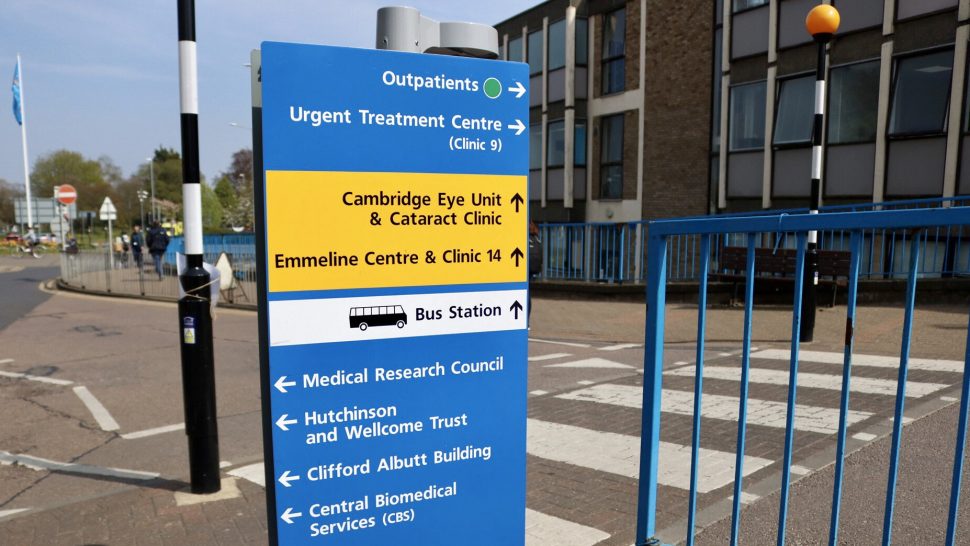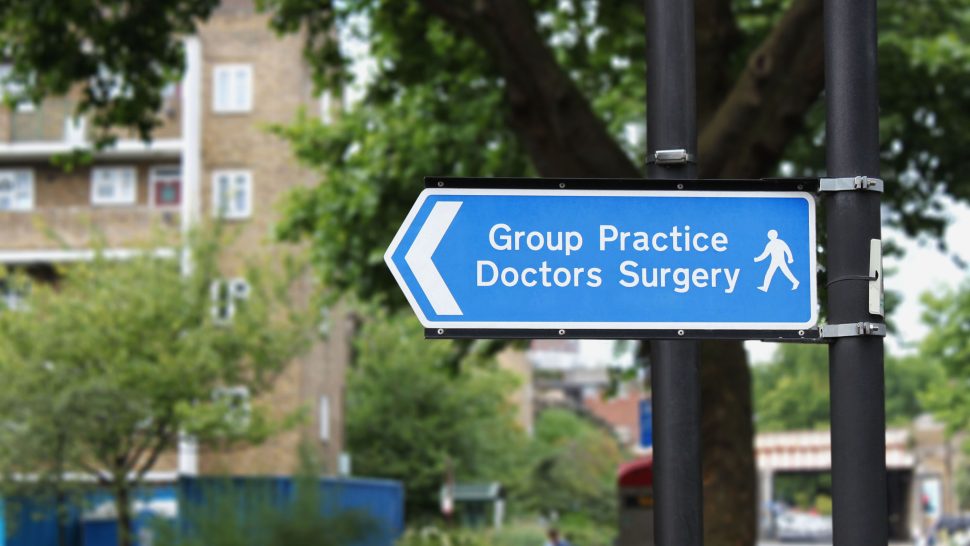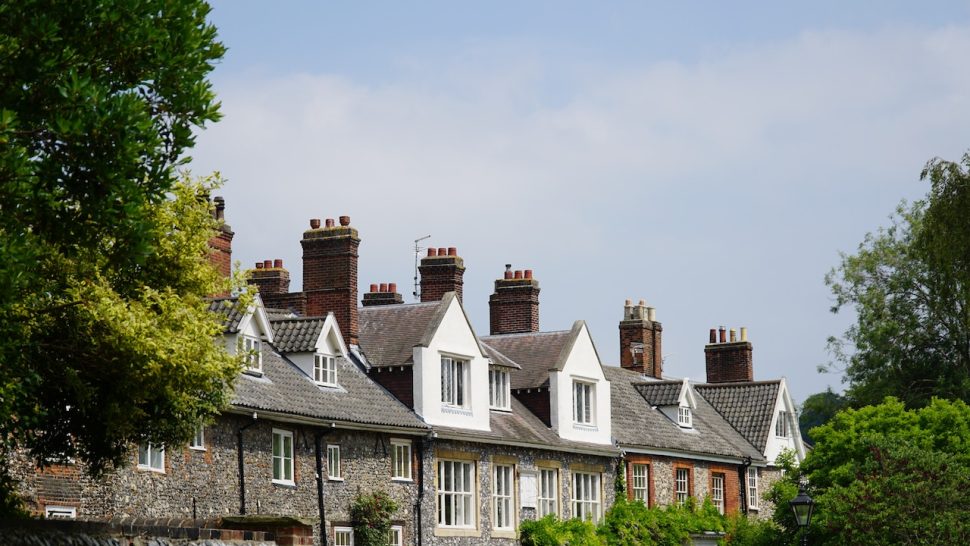Dispensing Practices, NHS Funding, and the Geography of Inequality
In 2023, 6,669 general practices received £10.2 billion in NHS funding across England, increasing to £11 billion with COVID-related and Primary Care Network (PCN) payments. Almost 10% of this—£870 million—was allocated to prescribing- and dispensing-related payments, supporting 944 dispensing practices serving 9.5 million patients (£625 million) and 5,537 non-dispensing practices covering 53 million patients (£245 million).

